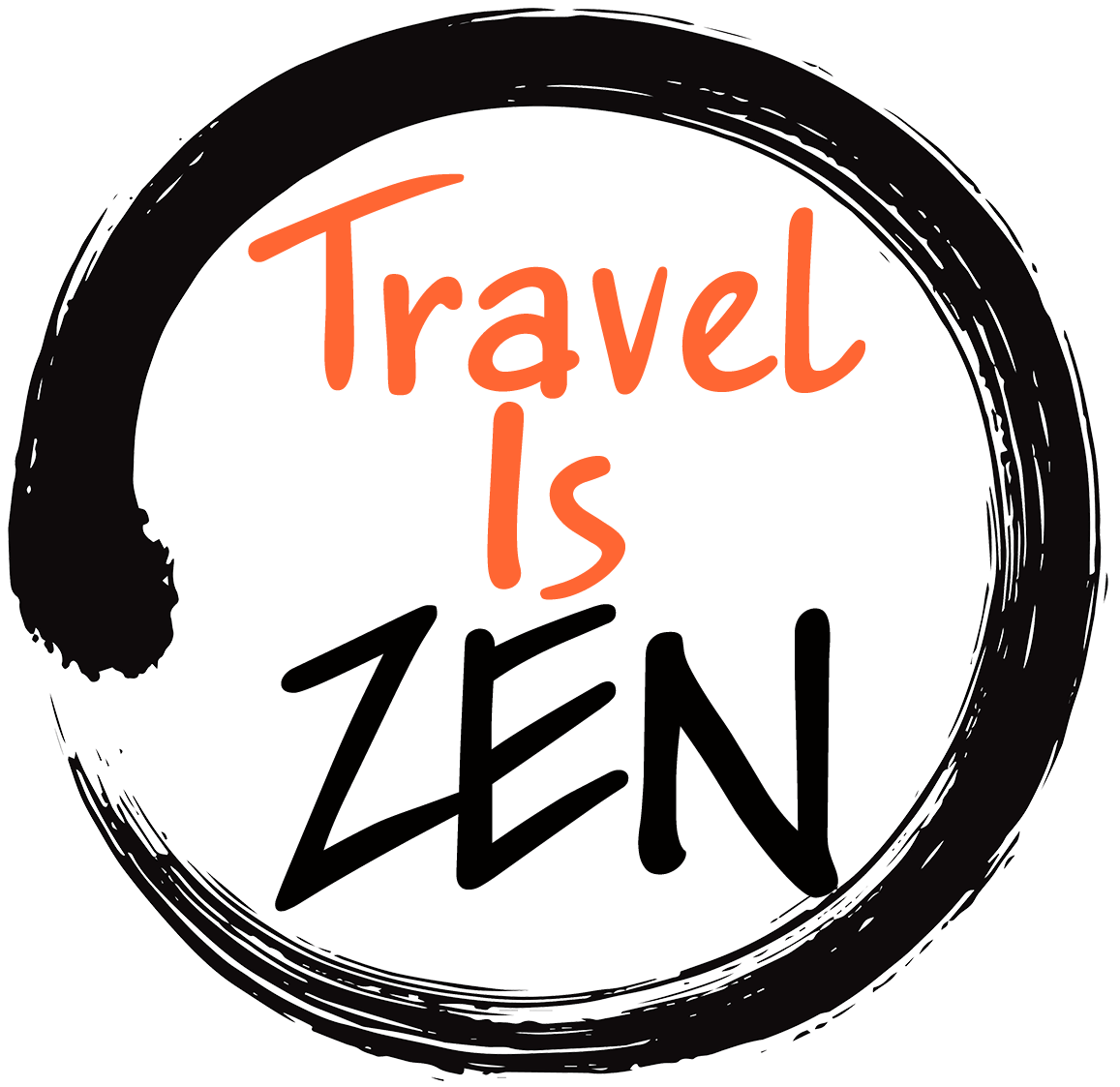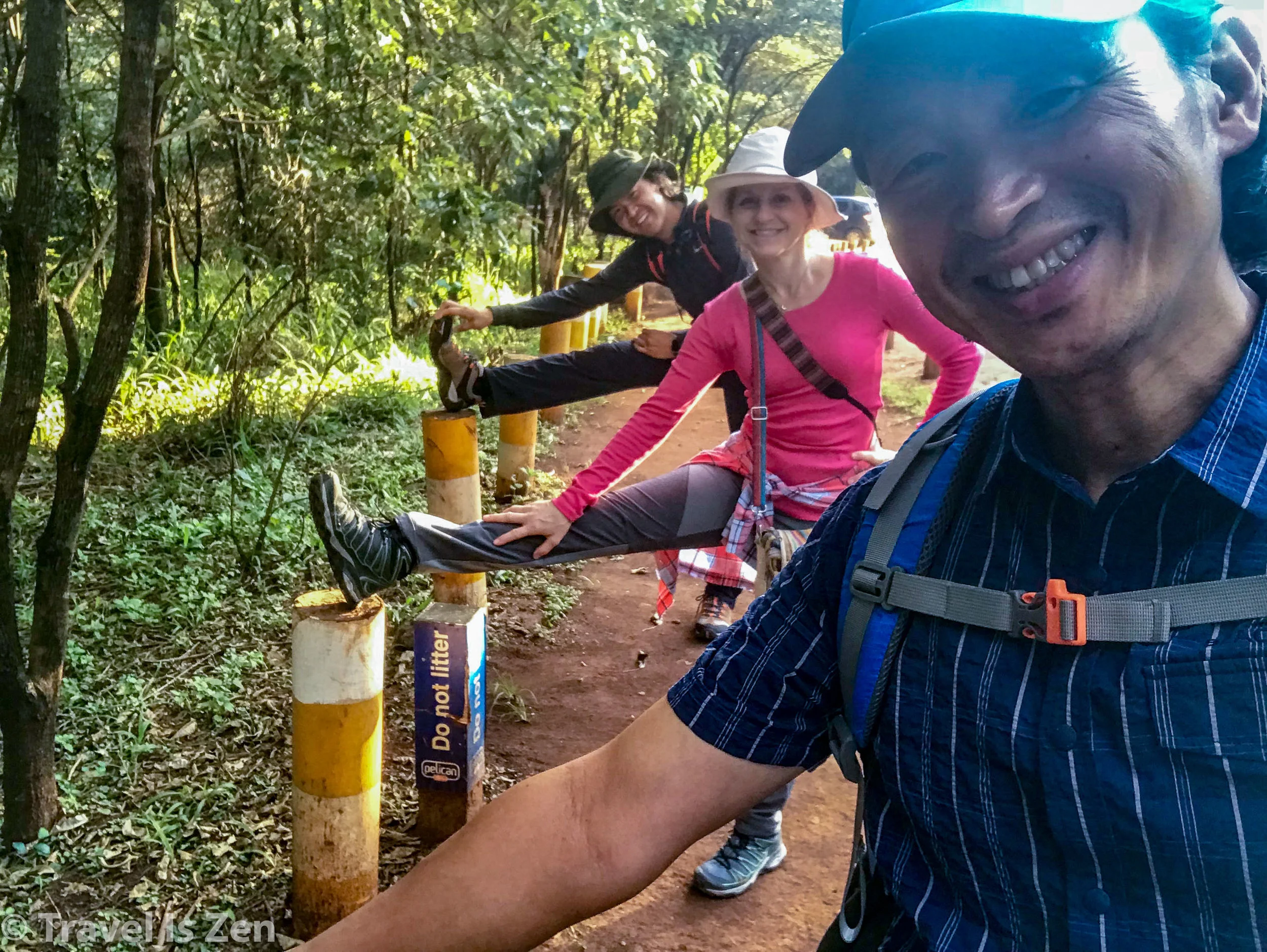Impressions of Nairobi, Kenya
Nairobi is a modern city, with all the spoken English and brand name western products that a deprived nomad traveling for a year could want. Forged in 1899 out of swampland, its development has been influenced and shaped by foreign (primarily British) colonialism, investment and aid. The city features sporadic clusters of gleaming glass highrises, leased to familiar multinational companies with hopeful African expansion plans. Wide tarmac highways link the planned areas of the city; new communities where middle class people live in mid-rise apartment complexes with modern amenities. Dusty red clay roads offshoot into corrugated tin roof slum areas inhabited by 60% of Nairobi's less-fortunate citizens. Nairobi is home to the world’s second largest slum, Kibera.
I’ll be honest. Nairobi is one of those cities where elitism slaps you in the face. There are two sides to Nairobi, and I can only talk about the side I experienced: the privileged side. We rented temporary stay apartments in Westlands and Ruaka, both northwest of Nairobi city center and inhabited largely by expats. The United Nations and various embassies are located in Westlands and Ruaka. We shopped at Carrefour and in shiny new malls with familiar western logos. We ate at upscale, uninspired restaurants. We hiked in Karura Forest, a wonderful park for a picnic and or a nice trail run. There is a USD$6 entry fee and the nearly-empty park is guarded by visible, armed private security.
Click any photo for a larger slideshow…
Without an adequate police force, businesses and upscale home owners barricade themselves behind tall concrete walls lined with barbed wire, manned 24x7 by their own hired private security personnel. As a result of all the hired security, though, Ruaka and Westlands are very safe areas to walk or run. It’s all very westernized; very orderly and livable; quite boring, actually.
My only complaints about Nairobi in the areas in which we stayed were the red dust that clung to my shoes and outwear and the unexpected chill in the air (average 55 degrees in August). Oh, and the high price of all tourist attractions. Almost any outing — whether to Nairobi National Park, a trip to the Karen Blixen museum, or a game drive in Hell’s Gate National Park — is going to set you back at least USD$50 per person in entry fees and transportation. Touring Nairobi is not cheap!















